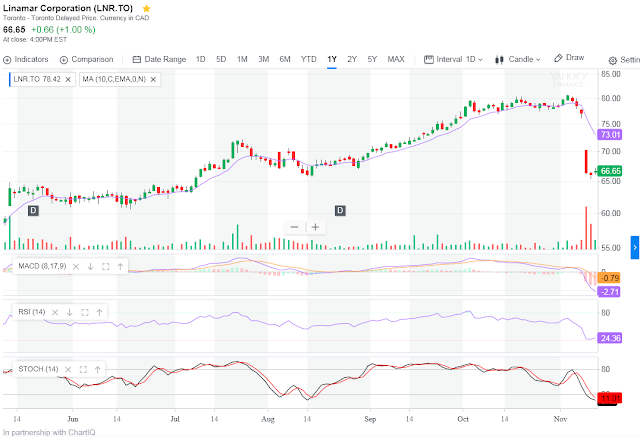Fed weighing new form of bond buying: report
WASHINGTON (MarketWatch) — Federal Reserve officials are considering a new type of quantitative easing that will attempt to boost the economy without accelerating inflation, according to a report published Wednesday.
Analysts said the new approach would allow the Fed to move despite high oil prices.
Under the new approach, the Fed would print new money to buy long-term mortgage or Treasury bonds but effectively tie up that money by borrowing it back for short periods at low rates, according to a story in The Wall Street Journal.
This “sterilized” quantitative easing, would use reverse-repurchase agreements to keep the money from flowing to bank reserves.
Markets reacted to the report, with stocks SPX +0.69% advancing to their strongest level of the day. Commodities also rose. Read more about stocks in Market Snapshot.
Economists said that Fed Chairman Ben Bernanke seemed to back away from more quantitative easing during two days of testimony before Congress last week. Financial markets have been unsettled since Bernanke’s testimony.
Republicans in Congress have been urging the Fed not to undertake any more quantitative easing, arguing that it would lead to higher inflation eventually.
Richard Gilhooly, U.S. director of interest-rate strategy at TD Securities, said the new sterilized QE would allow the Fed to buy more assets with an eye toward keeping inflation expectations low.
“This would be dollar supportive and would be negative for risk assets such as gold,” Gilhooly noted in an email to clients.
Many analysts do not think the Fed would be able to engineer another round of asset purchases unless inflation stays low in coming months.
Most Fed experts do not expect the central bank to announce any new asset-purchase program at its March 13 meeting.
“We don’t think they will make any changes at this meeting, they are in a wait-and-see mode,” said Yelena Shulyateva, an economist at BNP Paribas.
The Fed has an existing program in place to lower long-term interest rates. Since September, the Fed has been replacing short-term securities on its balance sheet with longer-term securities, a program known as Operation Twist. This $400 billion program ends in mid-June.
Shulyateva said the Fed may launch sterilized QE after Operation Twist ends.
The central bank is now more sensitive to the volatility in markets at the end of QE programs, as a result of unsettled conditions at the end of the Fed’s second round of quantitative easing last June, Shulyateva said.
Original source
Analysts said the new approach would allow the Fed to move despite high oil prices.
Under the new approach, the Fed would print new money to buy long-term mortgage or Treasury bonds but effectively tie up that money by borrowing it back for short periods at low rates, according to a story in The Wall Street Journal.
This “sterilized” quantitative easing, would use reverse-repurchase agreements to keep the money from flowing to bank reserves.
Markets reacted to the report, with stocks SPX +0.69% advancing to their strongest level of the day. Commodities also rose. Read more about stocks in Market Snapshot.
Economists said that Fed Chairman Ben Bernanke seemed to back away from more quantitative easing during two days of testimony before Congress last week. Financial markets have been unsettled since Bernanke’s testimony.
Republicans in Congress have been urging the Fed not to undertake any more quantitative easing, arguing that it would lead to higher inflation eventually.
Richard Gilhooly, U.S. director of interest-rate strategy at TD Securities, said the new sterilized QE would allow the Fed to buy more assets with an eye toward keeping inflation expectations low.
“This would be dollar supportive and would be negative for risk assets such as gold,” Gilhooly noted in an email to clients.
Many analysts do not think the Fed would be able to engineer another round of asset purchases unless inflation stays low in coming months.
Most Fed experts do not expect the central bank to announce any new asset-purchase program at its March 13 meeting.
“We don’t think they will make any changes at this meeting, they are in a wait-and-see mode,” said Yelena Shulyateva, an economist at BNP Paribas.
The Fed has an existing program in place to lower long-term interest rates. Since September, the Fed has been replacing short-term securities on its balance sheet with longer-term securities, a program known as Operation Twist. This $400 billion program ends in mid-June.
Shulyateva said the Fed may launch sterilized QE after Operation Twist ends.
The central bank is now more sensitive to the volatility in markets at the end of QE programs, as a result of unsettled conditions at the end of the Fed’s second round of quantitative easing last June, Shulyateva said.
Original source

Comments